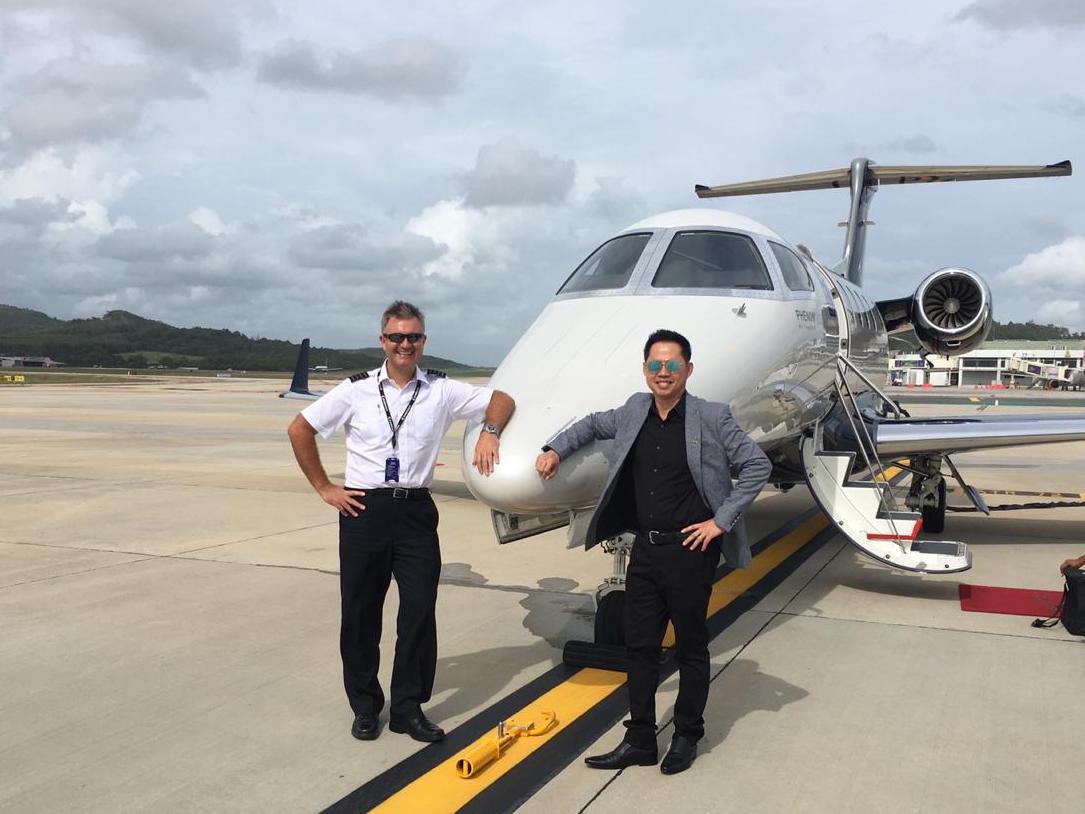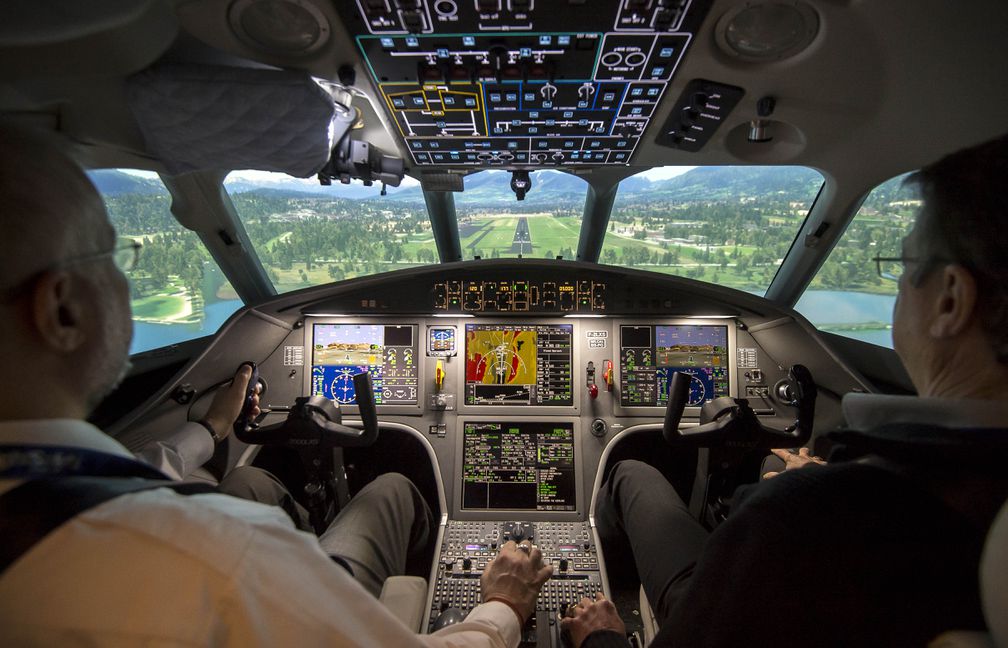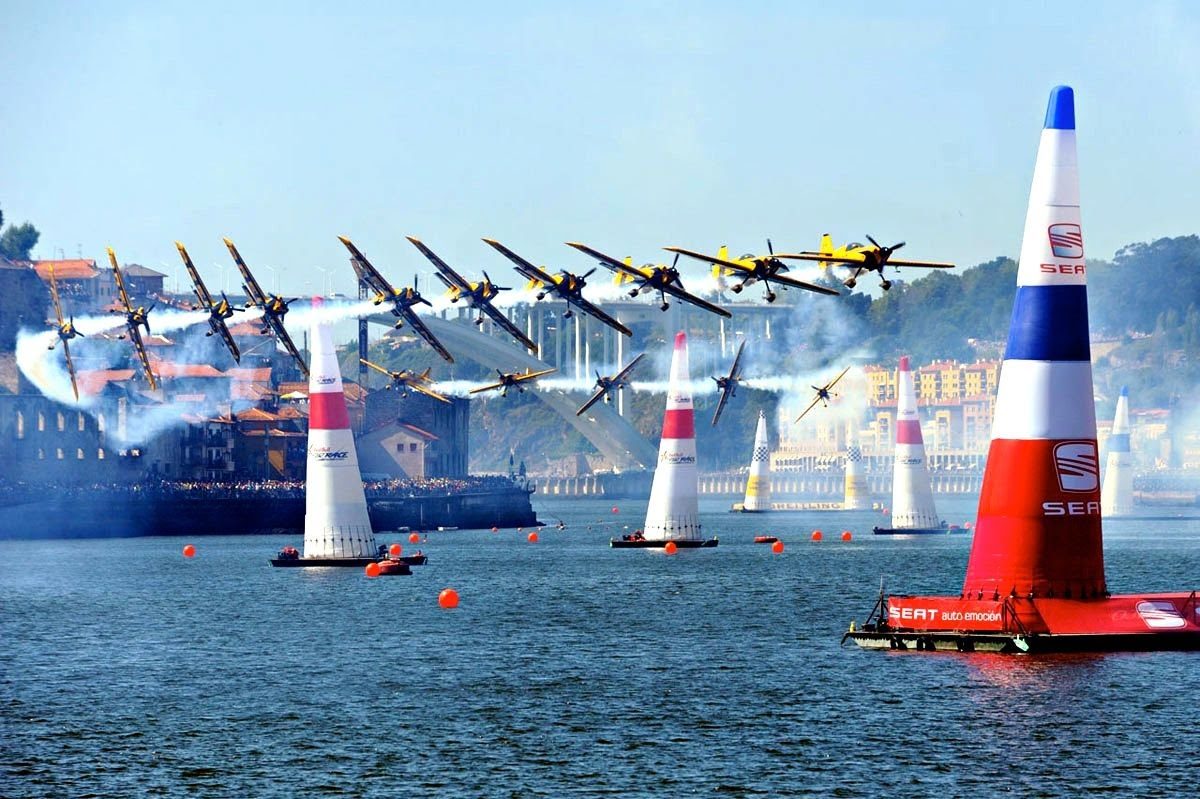In celebration of the 50th anniversary of the moon landing and in the memory of Astronaut Neil Armstrong, this article celebrates the ultimate super-astronaut/pilot and the achievement.
“Mystery creates wonder and wonder is the basis of man’s desire to understand” Neil Armstrong
By Sonny Souvannavong Pilot & Author
sonny@vonnjets.com

Neil Armstrong standing on the moon looking at American Flag
Remember when you were a kid and someone asked you what you would like to be when you grow up. Some of those answers were a doctor, a lawyer, an engineer, and the other favorite was an astronaut. Well, now a day being an astronaut is not far reaching as the aviation and space technology has greatly advanced. This advancement is not just in USA and Russia, but also in other parts of the world including China, India, Israel, EU and others. The other aspect of this space travel is that besides the public sector leading the development, private sectors have also gotten into the space race.

NASA TDRS (Tracking & Data Relay Satellite) Challenger’s Maiden Voyage
With that said, let’s explore what it takes to be an astronaut or just a professional pilot? The simple answer is to start enroll in a flight school and flying the small piston engine of Cessna 172 or Piper Archer. Another option is military aviation, Air Force, Navy, Marines, & Army, “Be all you can be” and “Aim high”.
So let’s begin. First and foremost to become a pilot, you will need a good amount of time, money, and commitment to get through the initial flight-training program. This initial program is PPL or Private Pilot’s License. This PPL allows a pilot to fly basically any where by him/herself on a private flight. This PPL program requires ground school of approximately 40 hours, 40 hours of flight training, and a health medical check up. The ground training includes various areas including Principles of Flight, Aircraft General Knowledge, Operational Procedures, Meteorology, Flight Performance and Planning, Communications, Air Law, and so forth.

Pair of Piper Archer flying above the clouds
There are various flight schools you could attend but one famous and well-known flight school is Embry-Riddle Aeronautical University in Florida and other worldwide campuses. There are numerous well-known astronauts, pilots, and entrepreneurs who graduated or affiliated with/from Embry-Riddle. Certainly a dream school for any inspired pilot.

Front view of Embry-Riddle Aeronautical University Daytona, Florida campus
Overall, the flight training is 40 hours in Cessna 172, Piper Archer, Diamond DA40 or any other certified trainer aircraft. After that, there will be series of ground test exams and flight check by a Certified Pilot Examiner or CPE.
To take a step further to become a professional pilot, a multi-engine course training is needed with further basic ground school and then fly a multi-engine aircraft including Diamond DA42 or any other certified multi-engine aircraft. Typically you will need approximately 20 hours of flying. Then another flight check would be conducted by a CPE.

Embry Riddle Flight School DA42 aircraft banking right
The next flight training is Instrument Rating or IR. This is the most advance training and many pilots tend to either adapt real quick or really struggles. The ground training is quite intense but any committed pilot would get through it. The IR flight training requires 40 hours in flight. There would be some flight simulator to compliment the actual flight training.

Student Pilot and flight instructor standing left side of Cirrus aircraft
The next is the fun part which is Commercial Pilot License or CPL, which combines all of what you learned in PPL, Multi-Engine, and IR and simulate flying like a professional. All together in order to achieve this CPL training, the program requires approximately 220 flight hours. This includes flying a single engine with IFR equipment and or multi-engine aircrafts. Your local flight school can further detail of these flight trainings. Then another ground exam and flight check by a CPE.

Sample of USA – FAA Private Pilot License
Don’t forget you will need to have a Class 1 medical certificate by a certified aviation medical examiner. This Class 1 medical certificate with your CPL will allow you to become a professional pilot, which means you can now begin to accept money or salary as a professional pilot. Though there are many other trainings including Certified Flight Instructor (CFI), Air Transport Pilot (ATP), or the other extreme, which is helicopter pilot, and so forth.

Sonny standing at left wing of HondaJet departing from Bangkok International Airport
Well, once you achieve your Commercial Pilot’s License, you can now begin your Professional Pilot career. Though there are more flights and training you would need to be a more desired or required by law for certain pilot jobs. Keep in mind, the more flying hours you have the more valuable you become. The more type of aircrafts you are exposed to, the more knowledgeable you become. For example, if you desire to become an airline pilot, you would need 1,200 to 1,500 hours depends on the country regulations or airline you fly for. If you want to fly as a site seeing or weeding crops on a farm, you can begin immediately. Though you if you would like to become a professional private jet pilot, you can actually begin that immediately also. You certainly would need to commit lots more time and money to get the jet aircraft type rating. And if you are lucky, you can find an aviation job and get you through a program in introduction to turbine (jet propulsion). The final task to become a professional private jet pilot is obtaining a type rating. A type rating allows a pilot to fly certain type of jet aircraft that they are certified on. These business jets include Honda Jets, Embraer jets, Cessna jets, Gulfstream and so forth.

Sonny and Captain standing in front of beautiful Embraer Phenom300E departing Phuket International Airport
A jet type rating is a huge leap forward because all your training has been in the piston engine aircraft and then suddenly you switch to a new type of propulsion, which is a jet engine. In the piston you would tend to look at the horsepower (HP) of the engine like a Cessna 172 with Lycoming engine of 160 or 180HP. Now you are in a jet environment including Pratt & Whitney, Rolls Royce, or GE engines in 700 to 1,000 HP per engine with totally different technology of creating thrust. With a good amount of commitment and another handsome amount of money, you can get your type rating in one of the jet aircrafts. And if you are lucky, your employer would pay for your type rating training but most likely you would need to agree to a certain terms with the employer.

Flight Safety Training Simulator of Gulfstream G280

Flight Safety Simulator Training inside cockpit of Dassault Falcon 2000XLS
Well, that’s the first step to be a professional pilot and this will certainly open many doors for your professional opportunity. This is also a one step closer to reach the skies to even the stars by going beyond stratosphere into space. Though this a totally different path to become an astronaut, as many astronauts in the past have started in the military aviation like Neil Armstrong who was in United States Navy. Mr. Armstrong flew various types of jets during his pilot days including Grumman F9F Panther to an advance X-15 NASA experimental jet. Though other several military branches including Army, Marines and in particular Air Force have their own sets of pilots and aircrafts.

North American NASA X-15 Experimental Jet climbing
Besides being the traditional commercial pilots and private jet pilots, there are other occupations including cargo pilots from small aircrafts up to heavy ones including legacy Boeing 747. Another occupation is flight instructor. This is quite a popular job as you get paid for flying with students and at the same time you get to accrue your flight hours. Flying crop dusting or sometimes-called agriculture (AG). This is quite an intense and could be a tiring job, as it requires lots of going up and down, left and right with fairly intense G force. Another element of this job is flying quite low and lots of U-turns, which requires lots of concentration.

Newly launched business jet Embraer Praetor 600, a dream jet for professional pilot to command
Few other jobs include skydiving pilots, sightseeing pilots, and others. The most intense pilot job and hobby is Air Race pilots i.e. the Red Bull racing tours. This is absolutely a job that requires approximately 10,000 or more flying hours and an intense competitiveness in all senses. Though many of these pilots fly as a hobby but many now receive sponsorships and prizes. Hence they compete as like any other sport of tennis or soccer and so forth.

The ultimate Red Bull Air Race World Championship
The last ultimate job is to fly into space as an astronaut. To get this job it is simply lots and lots of experience, luck and lots of sponsored money from private or public entity. Though I am sure there are more requirements but now a day, to fly into space has opened up not just in NASA or government support. Now private companies like Virgin from Richard Branson, Space X from Elon Musk, Blue Origin from Steve Bezos of Amazon is in the space race. Some approaches this space as a private business and some approaches as a Government project contractor.

Space X live stream of Falcon Heavy first commercial mission

Virgin Galactic commercial space tourism flight
Well, I

IL PRIMO ECOMMERCE SPECIALIZZATO IN DELIZIE AL TARTUFO E CAVIALE – CAVIAREAT.COM
